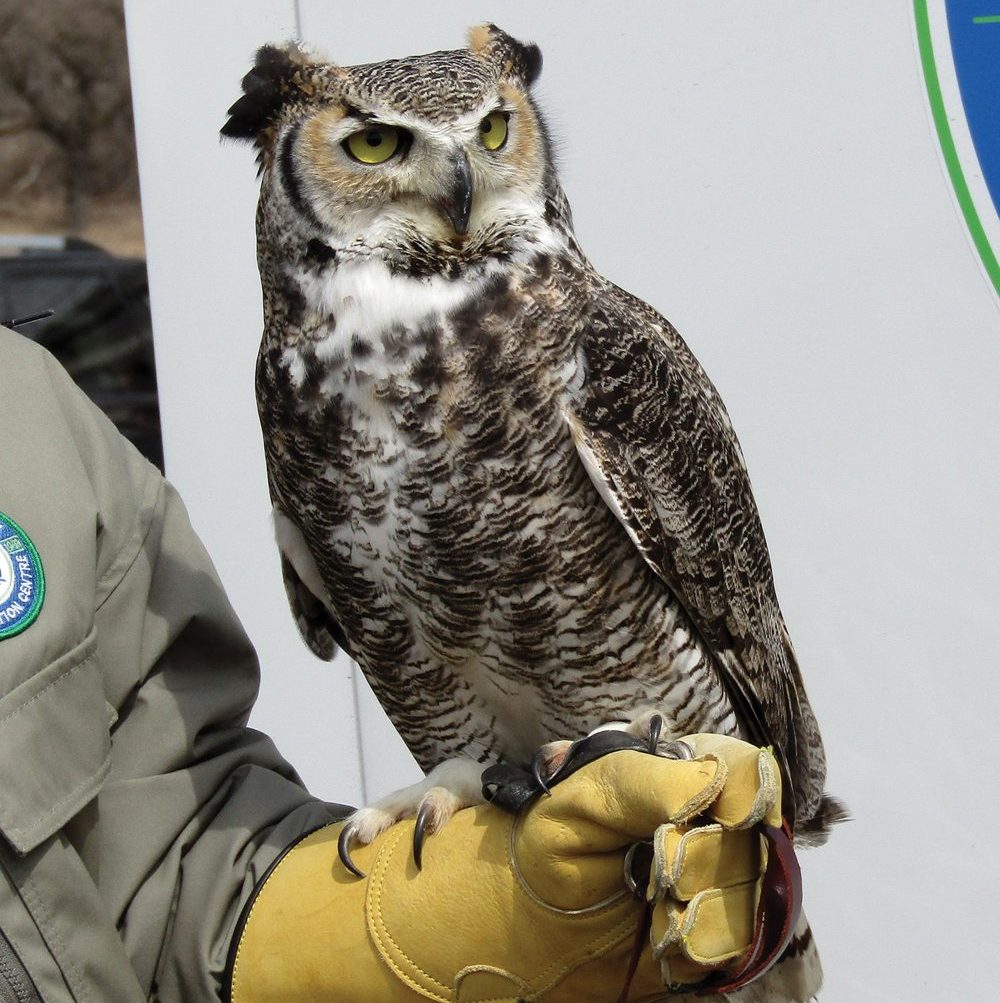About 25 would-be trappers young and old were on hand at the local Legion Hall for a hands-on trapper education course last week.
In one corner, two men were busy learning how to flesh beaver pelts over their knees with a sharp knife, and on display on long tables were tools of the trade, from a dog-proof “Conibear-trap-in-a-bucket” for catching wily raccoons to a “Ram” power snare affixed to a sturdy log.
The training course, now mandatory for first-time buyers of a $5 fur harvester’s licence, is aimed at getting new entrants off to a good start and “modernizing” the ancient trade with up-to-date, approved, humane traps and techniques, said Grant Armstrong, one of two certified trapping instructors on hand for the two-day course.
Read Also

Pig transport stress costs pork sector
Popular livestock trailer designs also increase pig stress during transportation, hitting at meat quality, animal welfare and farm profit, Agriculture and Agri-Food Canada researcher says
From the Manitoba Trappers Association’s perspective, the course is one way of bringing a new generation of trappers into the business, and making sure they know how to do it right.
“We wanted to make sure that the new trappers were trained properly. That meant getting rid of a lot of the old fallacies in the industry,” said Armstrong, a professional trapper with 45 years of experience running a registered trapline in the Turtle Mountains near Boissevain.
“Prior to about 1950, if a guy was a trapper, he didn’t share his trapping secrets with anybody,” he added. “People had to rely on stories that might not be true. It was almost impossible to get somebody to show you how to trap.”
Nowadays, a profusion of information abounds, from books and videos to websites offering up every imaginable trick for harvesting fur.
Also, the tools have gotten better. The days of gigantic steel leghold traps with teeth are long gone, and modern trappers have access to new tools that have passed stringent testing protocols.
The Conibear and Ram power snare — both Canadian inventions — that dispatch target species with a minimum of suffering are two examples of fur-harvesting devices to emerge from that process.
New rubber-jawed, coil-spring, paw-restraining traps are more compact and easier to hide in the dirt and snow, and cause virtually no fur or limb damage because the animals struggle less. Foxes, for example, are sometimes found asleep in them, added Armstrong.
“I’ve seen it,” he said. “I’ve let foxes go out of those SoftCatch traps.”
It makes sense to use them, not only because they are more efficient and effective but because their adoption has improved the industry’s image in the eyes of consumers who buy fur garments.
“There has been more proactive changes in the past 10 to 15 years in the industry as a whole than in the entire history of trapping in this country,” said Armstrong.
Training new trappers helps to improve returns for the industry, which in Manitoba is worth $2 million to $3 million per year to the economy.
But the 5,000 licensed trappers in the province receiving fur cheques are only part of the picture. The industry also supports trap manufacturers and sellers, lure dealers, fur graders and buyers, garment retailers, and exporters, he said.
Modernizing the fur trade has lessened public concerns about the humane treatment of wild animals, and government has also stepped in to defend trapping and the seal hunt, even in the face of the evermore outlandish antics of anti-fur activists, who would rather “go naked than wear fur.”
Former governor general Michelle Jean, who famously ate raw seal heart, and Liberal MP Justin Trudeau’s defiance in the face of criticism of his fur-clad family postcards, show that public support of trapping and hunting as a long-standing Canadian tradition exists — something that couldn’t have been imagined just a decade ago.
“I think in recent years, after all the efforts to educate people about grassroots industry in this country, there has been a change,” said Armstrong.
Trapping serves as an effective tool for managing wildlife populations, said Dean Brooker, manager of West Souris River Conservation District, which sponsored the training course along with Tundra Oil and Gas.
Participants learned about fur management, pelt preparation and the history of trapping in Canada. Of the students, there was a good balance of youths and men with white beards.
“That’s why we put the courses on. It gives people the opportunity to learn hands on,” he said, adding that trapping also helps rural folks and farmers see an economic and cultural benefit in maintaining biodiversity, sloughs and wildlife habitat.


















